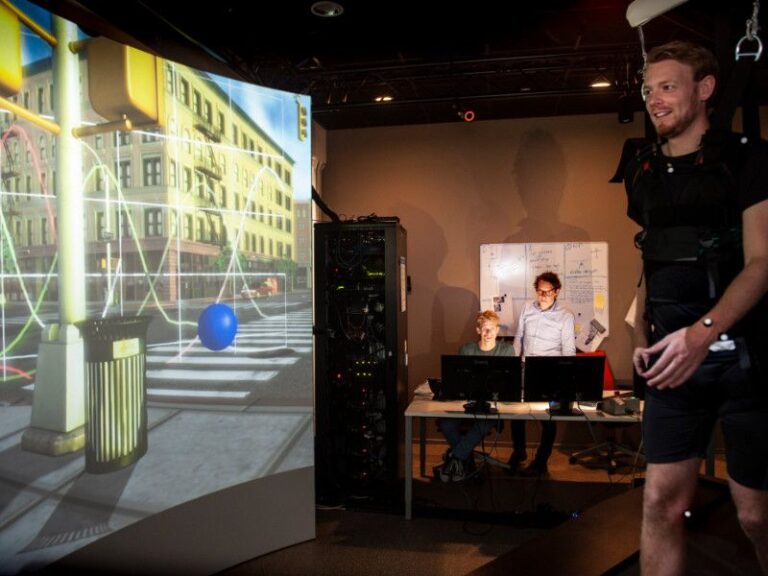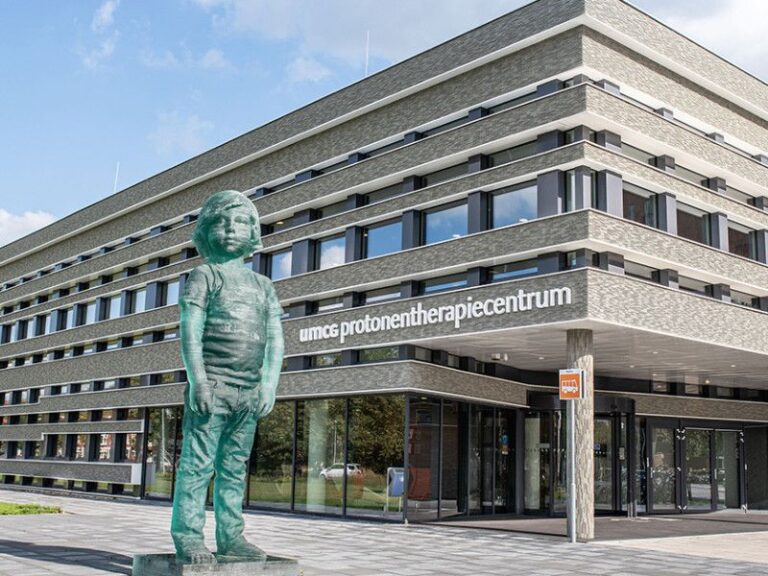Captions

Loading...

Loading...
Observation, monitoring and targeted treatment
Monitoring plays a significant role in the clinical setting as well as at home. By using personalised devices (sensors and diagnostic tools), we strive to develop innovative and personalised healthcare technology that is not only used to promote personal healthcare management, but also to enable diagnostics and treatment tailored to the patient. Various partners in the Groningen ecosystem are already deeply involved in the development of innovative medical tools, sensor technology and medical software.
Imaging has been surpassing mere observation for quite some time now. Imaging technologies, in combination with nanotechnology, help in diagnostics, in determining specific and complex therapies (drugs, radio- or proton therapies) and in monitoring the responses to these treatments, thus helping to avoid unnecessary collateral damage.
It is exactly this combination of imaging and nanoscience/nanotechnology in which Groningen research is strong. The field encompasses the entire range of relatively small, functional polymers used for the detection of aberrations, but also for things like drug delivery systems (GRIP). We are known internationally for our pioneering research on photoactive polymers developed for photopharmacology purposes.
The collaboration between FSE and UMCG brings together a broad palette of knowledge and expertise, enabling disruptive developments in targeted diagnostics and treatments.
Leading example:

Smart Humans
The Smart Human project involves the continuous monitoring of risk factors and personalised recommendations for lifestyle changes. This can help people to stay healthy longer or be better prepared to undergo treatment (prehabilitation).
The Smart Human approach requires a technology chain that begins with sensors, followed by a system combining sensor information with a decision support system that uses these data to formulate a recommendation. The quality of these recommendations can be improved by making this a self-learning system through the use of machine learning.

New Targets in Photopharmacology
Most current medical treatments rely on the use of bioactive substances with a pharmacological response through the interaction with molecular targets in the human body. The selectivity of this interaction is crucial, but difficult to achieve because the targets are expressed in both healthy and diseased tissue. Photopharmacology is equipped to resolve the problem of off-target activity and serious side effects by controlling the activation of the drug by the use of light.
Currently, photopharmacology focuses on defining and evaluating molecular targets. Significant breakthroughs have been made in light-controlled cancer chemotherapy, neurology, diabetes and antimicrobial substances. Anticipated milestones on the road to clinically applied photopharmacology include in vivo testing, molecular imaging of localised drug activation and extensive toxicity studies.

Precision Proton Radiation
Proton therapy is a precise radiation technique that is offered at UMCG. Currently, more than half of all cancer patients require radiation (radiotherapy) to destroy cancer cells while at the same time as many healthy cells as possible must be spared. Proton therapy allows for radiation treatment that is more precise and causes less collateral damage.
The proton centre in Groningen is the first of three facilities in the Netherlands. Research is also being conducted here in order to improve the quality and effectiveness of treatments. New knowledge and expertise is being sought in areas such as the treatment of moving tumours and organs, adaptive radiotherapy and radiomics, and modelling. For example, the in-beam positron emission tomography (PET) of very short-lived isotopes is being studied for its potential use in the real-time monitoring of proton therapy. Another example is the clinical evaluation of image-guided adaptive proton therapy in static (e.g. head-and-neck tumours) and in moving tumours (e.g. lung and esophageal tumours).